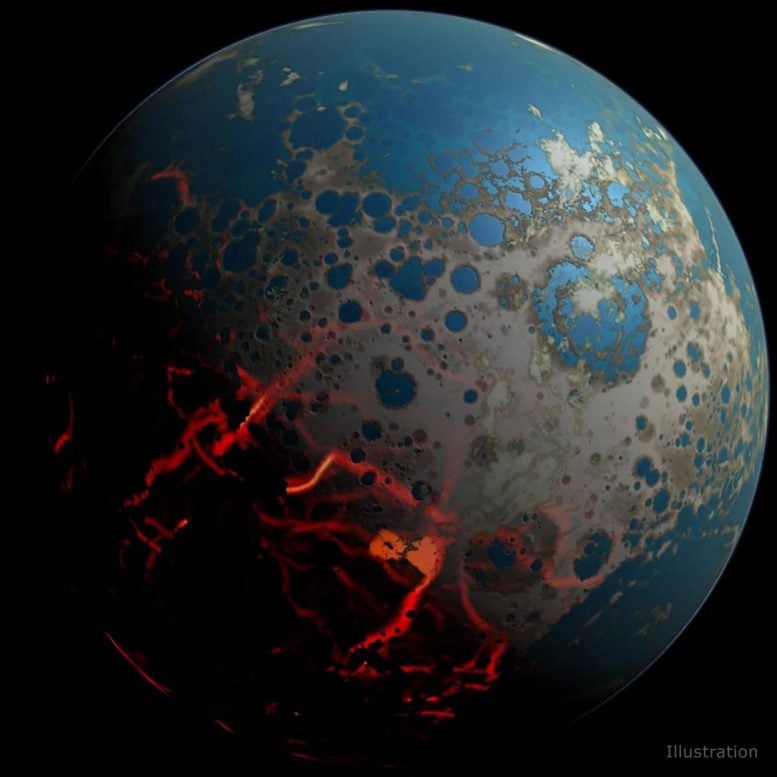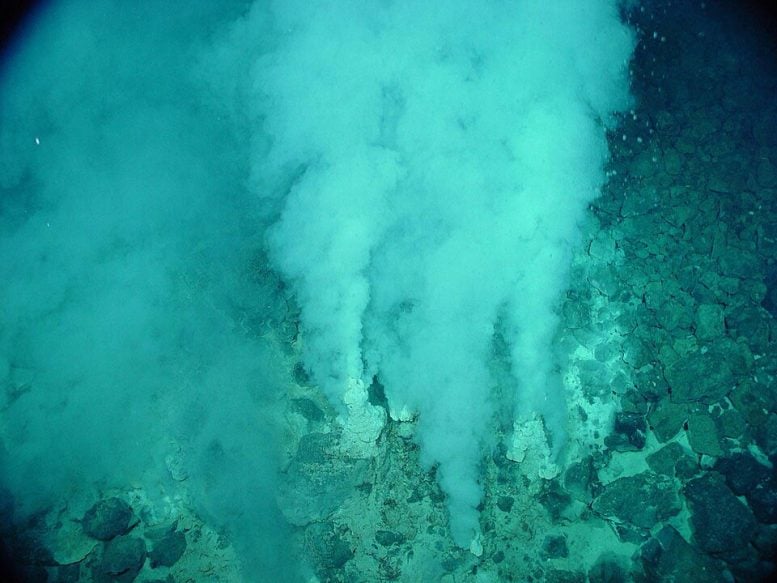
The study finds life’s origin faces severe mathematical challenges. Chance alone may not be enough.
A new study addresses one of science’s most enduring questions: how did life first arise from nonliving matter on the early Earth? Using advanced mathematical methods, Robert G. Endres of Imperial College London developed a framework indicating that the spontaneous emergence of life may have been far more difficult than previously thought.
The research highlights the immense challenge of generating structured biological information under realistic prebiotic conditions, underscoring how unlikely it would have been for the first living cell to appear naturally. Think of it like trying to write an article about the origins of life for a well-renowned science website by randomly throwing letters at a page. The chances of success become astronomically small as the required complexity increases.

By applying information theory and algorithmic complexity, Endres analyzed what it would take for the earliest living cell, known as a protocell, to self-assemble from simple chemical components. This mathematical perspective demonstrates how improbable such a process would be if left to chance under natural conditions.
Barriers to life’s emergence
The findings indicate that chance alone, combined with natural chemical reactions, may not sufficiently account for the origin of life within the limited timeframe of early Earth. Because systems generally move toward disorder rather than order, the formation of the highly structured arrangements required for life faces serious barriers.

This does not imply that the emergence of life was impossible, but it suggests that current knowledge may be lacking. The research highlights that identifying the physical principles behind life’s rise from nonliving matter remains one of the greatest challenges in biological physics.
Considering alternative ideas
While maintaining scientific rigor, the paper acknowledges that directed panspermia, originally proposed by Francis Crick and Leslie Orgel, remains a speculative but logically open alternative. This hypothesis suggests that life might have been intentionally seeded on Earth by advanced extraterrestrial civilizations, though the author notes this idea challenges Occam’s razor, the scientific principle favoring simpler explanations.
This research doesn’t disprove the possibility of life emerging naturally on Earth, though. Instead, it quantifies the mathematical challenges involved and suggests that we may need to discover new physical principles or mechanisms that could overcome these informational barriers. The work represents an important step toward making the study of life’s origins more mathematically rigorous.
The study also reminds us that some of the universe’s greatest mysteries still await solutions, and that combining mathematical precision with biological questions can reveal new depths to age-old puzzles about our existence.
Reference: “The unreasonable likelihood of being: origin of life, terraforming, and AI” by Robert G. Endres, 24 July 2025, arXiv.
DOI: 10.48550/arXiv.2507.18545
Adapted from an article originally published on Universe Today.
Never miss a breakthrough: Join the SciTechDaily newsletter.
Source link
